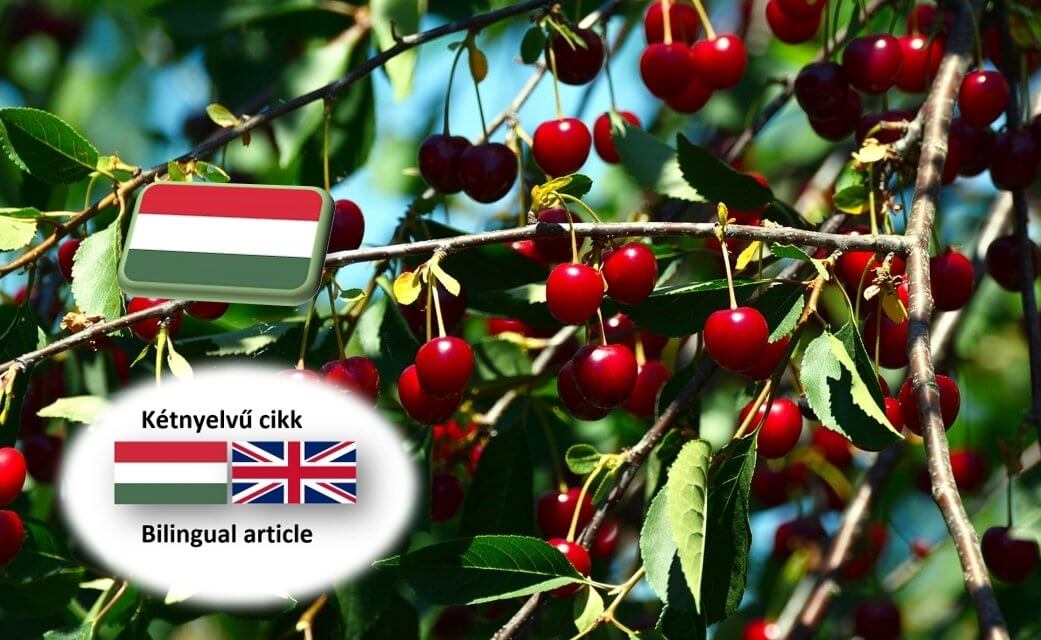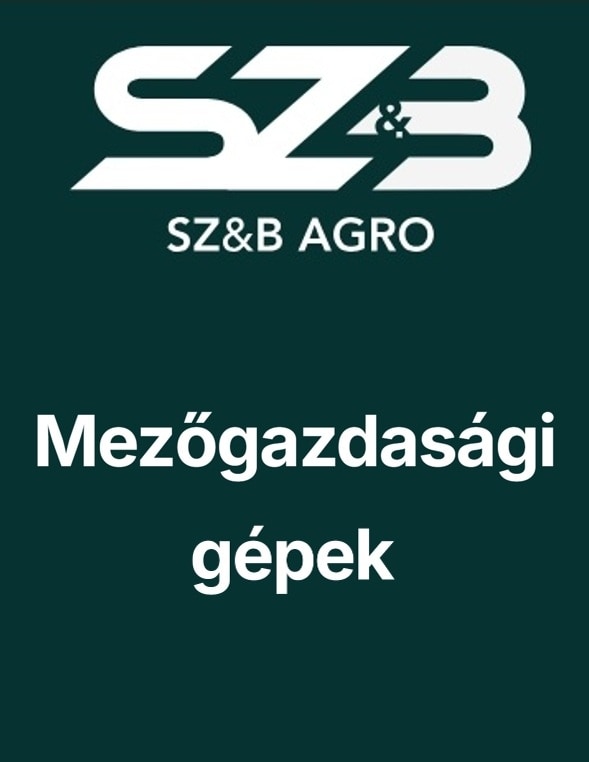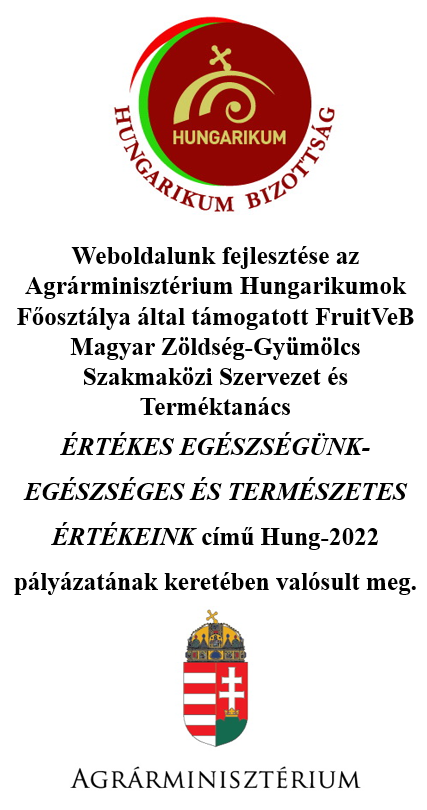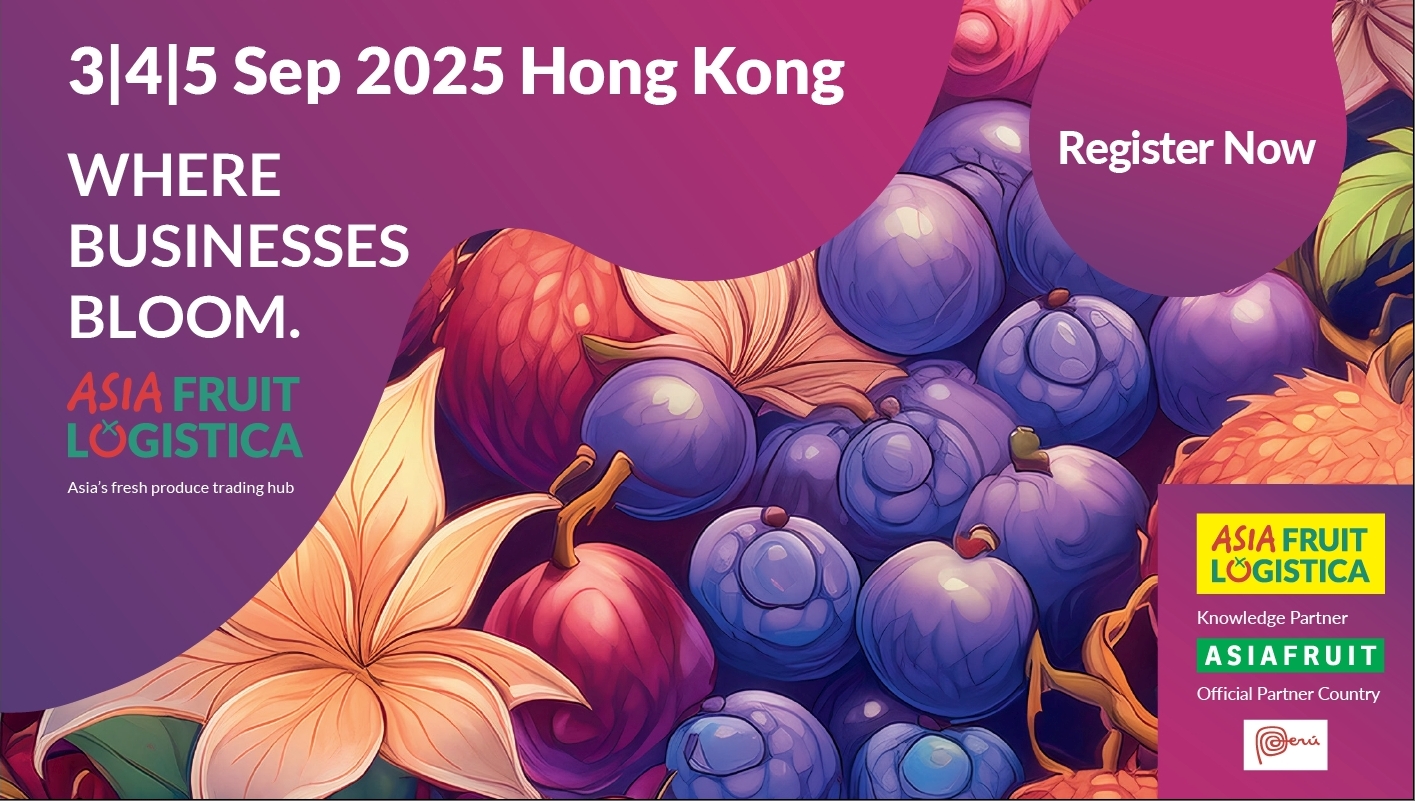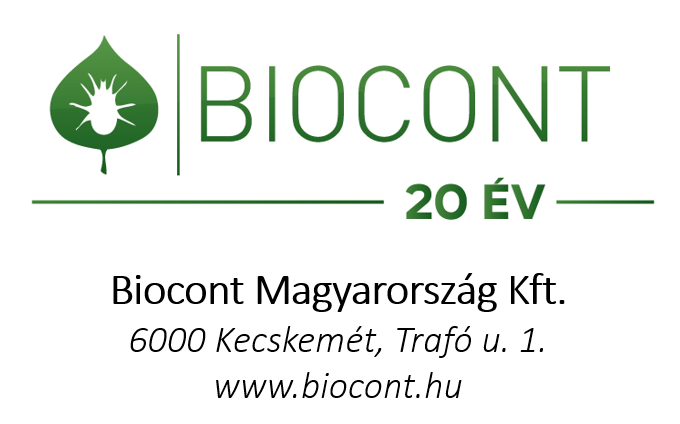Keresleti viszonyokat generál az extrém alacsony termés- és készletszint az idei meggypiacon / Extreme demand conditions are expected on this year’s sour cherry market.

A FruitVeB Magyar Zöldség-Gyümölcs Szakmaközi Szervezet és Terméktanács Meggy Termékbizottsága 2025. június 06-án tartotta ülését, melynek középpontjában a hazai és nemzetközi piaci információk értékelése, valamint termés- és piaci prognózis készítése volt. Egyértelmű megállapítás, hogy szélsőségesen keresleti viszonyokkal kell számolni az idei meggypiacon, mivel a feldolgozott termékek készletszintje elhanyagolhatóan alacsony, miközben a várható meggytermés minden jelentősebb meggytermelő országban kifejezetten gyengének ígérkezik. Mindez olyan magas árakat eredményezhet a nyersanyag (meggy) és a késztermék tekintetében egyaránt, melyeket eddig soha nem tapasztaltunk.
A FruitVeB 2025. június 03-án tette közé előzetes hazai termésprognózisát (Meggy – előzetes hazai termésprognózis). Az azóta eltelt egy hétben érdemi változás nem következett be, továbbra is 35 ezer tonna +/- 15% sávban várjuk a hazai szüretelhető mennyiséget azzal, hogy jelenleg a negatívabb várakozások vannak többségben, vagyis várhatóan közelebb lesz a termés a 30 ezer tonnához, mint a 40 ezer tonnás mennyiséghez. A várható hazai termés vonatkozásában fel kell hívni a figyelmet a következőkre:
· Az idei lesz az elmúlt évtizedek leggyengébb meggytermése: messze alulmúlja a jó évjáratokban előállítható 60-70 ezer tonnát, de még a tavalyi – egyébként gyenge – 51 ezer tonnás termést is.
· A korai fajtakörben a legjelentősebb a terméskiesés mértéke. Különösen fontos az ’Érdi bőtermő’ termése, mely már érzékenyen érinti a feldolgozóipart is, mert ez azt jelenti, hogy a feldolgozóipari szezon első 7-10 napjában az egyébként szerény szezonátlagnál is kisebb mennyiségekre kell számítani. Mindez maga után vonja azt is, hogy érdemi mennyiségeket a ’fürtös meggyek’ (’Debreceni bőtermő’, ’Újfehértói fürtös’, ’Kántorjánosi’, ’Petri’, ’Éva’, stb.) fognak adni, de mindez egy rövid, 2-3 hetes szezonra fog korlátozódni.
· Az elmúlt években szinte minden meggyszezonban kellemetlen meglepetéseket idézett elő az időjárás. Idén is fel kell készülni arra, hogy a kedvezőtlen időjárási hatások (aszály vagy éppen extrém csapadék, vihar- és jégkárok, hőstresszek) még a következő egy hónapban is érdemben módosíthatják a szüretelhető mennyiséget és ezzel a kínálatot. Csak a már betakarított termés tekinthető biztosnak.
· A gyümölcsméretek egyelőre jónak tűnnek (a szerény termésterhelés okán), de – mivel a rendkívüli téli és tavaszi szárazság miatt „kiapadtak” a talaj vízkészletei – tartani lehet attól, hogy a vízhiány az érés hátralévő fázisában a gyümölcstömeg-növekedés rovására megy. A gyümölcsméret növekedése ellen hathat az is (bár pontosan nem kiszámítható mértékben), hogy az azt determináló intenzív sejtosztódás időszakában (május) jellemzően hűvös, borult, fényszegény időjárás uralkodott.
A hazai és nemzetközi meggypiacon összességében szélsőségesen keresleti viszonyokra számítunk, amit a következőkkel indoklunk:
· A hazai meggytermés kifejezetten alacsony, de minden jelentősebb meggytermelő országban drasztikusak a terméskiesések a tavaszi fagyok miatt (lásd: Nemzetközi meggypiaci körkép).
· A feldolgozott meggytermékek (meggybefőtt, fagyasztott meggy, meggysűrítmény) hazai és európai készletszintje – részben a gyenge tavalyi magyar és lengyel termés miatt – elhanyagolhatóan alacsony, így lényegében „üres készletekkel” vágunk neki az idei szezonnak.
· Olyan extrém helyzet az utóbbi évtizedekben még nem nagyon alakult ki a meggypiacon, hogy kiürült készletek egy páratlanul gyenge hazai és európai meggyterméssel találkozzanak.
· Várhatóan ebben a szezonban is nagyon élénk kereslet nyilvánul meg a magyar meggy iránt, különösen Lengyelországból. Bár olyan tekintetben nem lehet majd országokat kiemelni, hogy minden jelentősebb európai gyártó keresni fogja a meggyet, és „vadászni” fog a rendelkezésre álló szerény mennyiségű nyersanyagra.
· A feldolgozott meggytermékekre – szokatlan módon – mindeddig nem történtek szerződéskötések. A rendkívüli helyzet miatt a piac kivár, mert akkora a bizonytalanság a nyersanyagárak alakulásában, hogy jelenleg képtelenség ehhez árazni a késztermékeket. Mindez a termékpálya-szintű lehetőség mellett (vagyis, hogy minden szereplő számára elfogadható árak alakulnak ki) egyúttal nagy kockázatot is jelent abban az esetben, ha a késztermékekben utólag mégsem lehet érvényesíteni a magas nyersanyagárakat. E tekintetben fel kell hívni a figyelmet arra, hogy a meggybefőtt esetében meghatározó európai termelő ország Magyarország, ellenben a fagyasztott meggy és meggysűrítmény esetén Lengyelország, Szerbia és Törökország, így utóbbi termékek ára majd ezen országokban határozódik meg.
Minden tényező abba az irányba hat, hogy az idei évben nagyon magas meggyárak alakuljanak ki a piacon. Összességében arra számítunk, hogy az I. osztályú, hűtő- és konzervipari meggy vonatkozásában („kamionos tételekre” és feldolgozó üzembe beszállítva) az idei hazai, termelői árak markánsan a tavalyi nettó 400 Ft/kg körüli szezonzáró árak fölött fognak alakulni. A tavalyi évben nagyon jelentős mennyiségű meggy (16 ezer tonna, a hazai termés közel harmada) hagyta el az országot, különösen Lengyelország irányába. Ennek egyik oka az volt, hogy a hazai feldolgozóipar (különösen a konzervipar, a német meggybefőtt-vásárlók satujába szorítva) nem vagy csak néhány nap késéssel tudta megadni a lengyelek által diktált és folyamatosan emelkedő árakat, ami „elhúzta” a nyersanyagot a hazai feldolgozóipar elől. A meggy itthon tartásának legfőbb eszköze az árban és a fizetési feltételekben rejlik. Ebből eredően a hazai feldolgozók egyértelmű idei stratégiája az, hogy a hazai meggyet Magyarországon tartsák. A feldolgozó üzemeink célja, hogy a szezonkezdettől fogva megadják legalább a külföldi vevők által diktált árakat és feltételeket.
Tekintettel arra, hogy rövid idő alatt is nagy változásokat leíró meggyszezonra készülünk, minden lényeges változásról azonnal hírt adunk a www.fruitveb.hu portálunkon.
Budapest, 2025. június 10.
Szerzők:
Dr. Apáti Ferenc
Dr. Tóth-Kurmai Viktória
Dr. Dorogi Dóra

The FruitVeB Hungarian Fruit and Vegetable Interprofessional Organisation and Product Council’s Sour Cherry Product Committee held its meeting on 6 June 2025, focusing on the evaluation of domestic and international market information and the preparation of crop and market forecasts. It is clear that extremely high relative demand can be expected on this year’s sour cherry market, as stocks of processed products are of negligible amounts, while the expected sour cherry harvest in all major sour cherry-producing countries looks set to be particularly poor. All this could result in extremely high prices for both raw materials (sour cherries) and finished products.
FruitVeB published its preliminary domestic harvest forecast on 3 June 2025 (Preliminary sour cherry crop prognosis). In the week since then, there has been no significant change, and we continue to expect the domestic harvest to be in the range of 35,000 tonnes +/- 15%, with the majority of expectations currently on the negative side, i.e. the harvest is expected to be closer to 30,000 tonnes than 40,000 tonnes. With regard to the expected domestic harvest, the following should be noted:
· This year will see the lowest sour cherry harvest in decades: it will fall far short of the 60-70 thousand tonnes that can be produced in good years, and even last year’s – already poor – harvest of 51 thousand tonnes.
· The yield loss is most significant in the early varieties. The yield of the “Érdi bőtermő” variety is particularly important, as it already has a significant impact on the processing industry, because it means that in the first 7-10 days of the processing season yields are expected to be even lower than the already modest seasonal average. This also means that significant quantities will be provided by the “cluster cherries” (“Debreceni bőtermő”, “Újfehértói fürtös”, “Kántorjánosi”, “Petri”, “Éva”, etc.), but this will be limited to a short season of 2-3 weeks.
In recent years, the weather has brought unpleasant surprises in almost every sour cherry season. This year, too, we must be prepared for the fact that adverse weather conditions (drought or extreme rainfall, storm and hail damage, heat stress) may significantly affect the harvestable quantity and thus the supply even in the coming month. Only the harvest that has already been gathered can be considered certain.
Fruit sizes appear to be good for the time being (due to the modest crop load), but as the soil’s water reserves have been depleted by the exceptional winter and spring drought, there is a risk that the water shortage will affect fruit growth in the remaining ripening phase. Fruit size growth may also be affected (although to an extent that cannot be precisely calculated) by the fact that the period of intensive cell division (May), which determines fruit size, was typically characterised by cool, overcast weather with little sunlight.
We expect extremely high demand on the domestic and international sour cherry market, for the following reasons:
· The domestic sour cherry harvest is particularly low, but all major sour cherry producing countries have experienced drastic crop failures due to spring frosts (see: International outlook – sour cherry 2025).
· Domestic and European stocks of processed sour cherry products (sour cherry preserves, frozen sour cherries, sour cherry concentrate) are negligible, partly due to last year’s poor harvest in Hungary and Poland, so we are essentially starting this season with ‘empty stocks’.
· Such an extreme situation has not really developed on the sour cherry market in recent decades, where depleted stocks are met with an exceptionally poor domestic and European sour cherry harvest.
· Demand for Hungarian sour cherries is expected to remain very strong this season, especially from Poland. However, it is not possible to single out any particular countries, as all major European producers will be looking for sour cherries and ‘hunting’ for the modest quantities of raw material available.
· Unusually, no contracts have been signed for processed sour cherry products so far. Due to the extraordinary situation, the market is waiting, because there is so much uncertainty about the development of raw material prices that it is currently impossible to price the finished products. All this, in addition to the possibility at the product chain level (i.e. that prices acceptable to all players will emerge), also poses a great risk in the event that the high raw material prices cannot be passed on to the finished products. In this regard, it should be noted that Hungary is the leading European producer of sour cherry preserves, while Poland, Serbia and Turkey are the leading producers of frozen sour cherries and sour cherry concentrate, so the prices of the latter products will be determined in those countries.
All factors point to very high sour cherry prices on the market this year. Overall, we expect that this year’s domestic producer prices for Class I cherries for the refrigeration and canning industries (delivered in truckloads to processing plants) will be significantly higher than last year’s season-ending prices of around HUF 400/kg net. Last year, a very significant amount of sour cherries (16,000 tonnes, nearly a third of the domestic harvest) left the country, mainly for Poland. One of the reasons for this was that the domestic processing industry (especially the canning industry, squeezed by German sour cherry buyers) was unable to meet the constantly rising prices dictated by the Poles, or could only do so with a few days’ delay, which ‘pulled’ the raw material away from the domestic processing industry. The main means of keeping sour cherries in Hungary lies in the price and payment terms. As a result, the clear strategy of domestic processors this year is to keep domestic sour cherries in Hungary. The aim of our processing plants is to offer at least the prices and terms dictated by foreign buyers from the start of the season.
Given that we are preparing for a cherry season that will see major changes in a short period of time, we will immediately report any significant changes on our website www.fruitveb.hu.
Budapest, 10 June 2025.
Authors:
Dr Ferenc Apáti
Dr Viktória Tóth-Kurmai
Dr Dóra Dorogi
Kapcsolódó cikkek:


